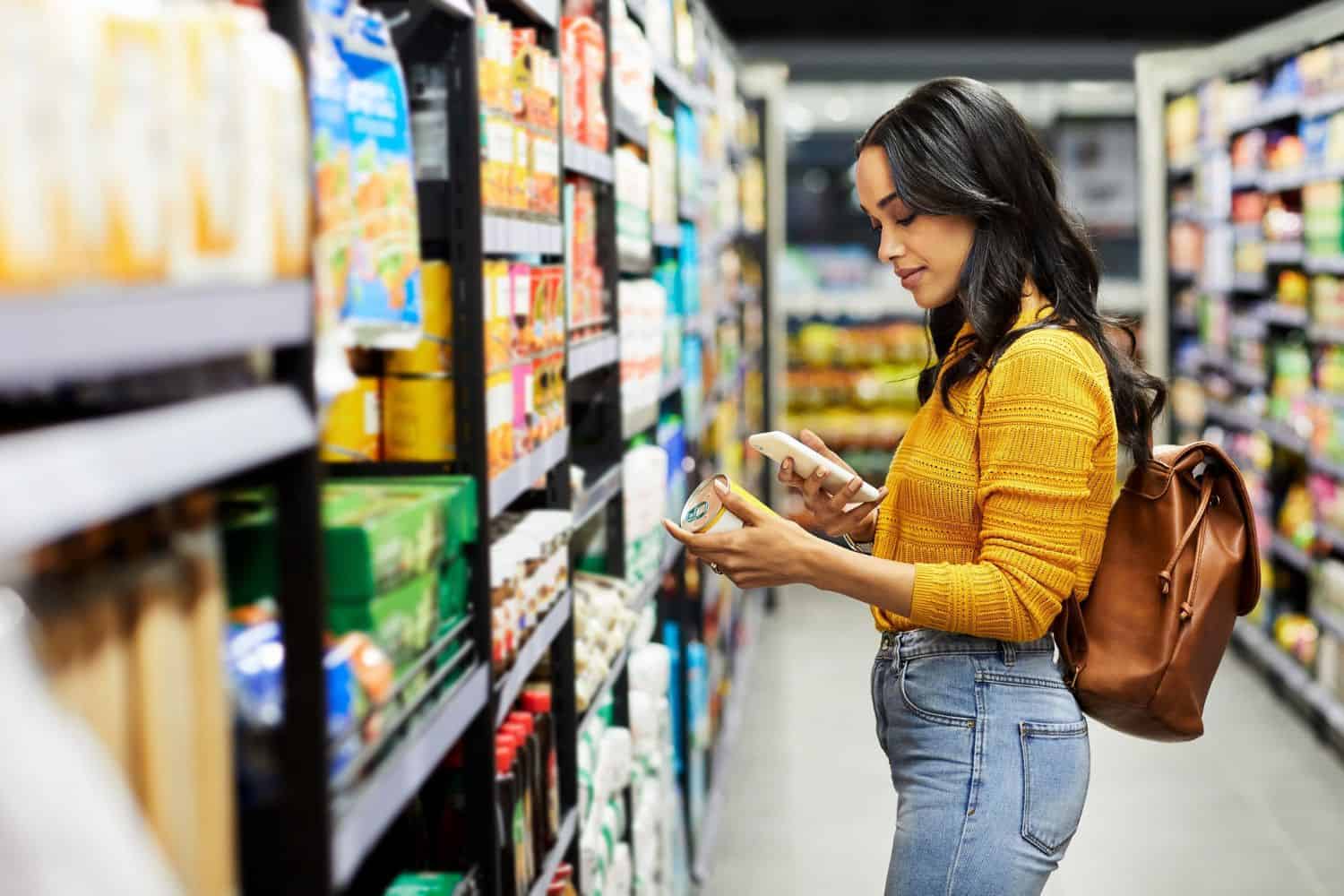Extremely-processed meals are generally portrayed as a contemporary well being scourge: a risk lurking on the cabinets of each grocery store linked to weight problems, coronary heart illness, most cancers and early dying.
Researchers warning of the hazards of ultra-processed meals have referred to as for taxation and even bans of merchandise which make up an enormous proportion of the meals eaten worldwide.
Nevertheless some vitamin specialists have began to push again towards such all-encompassing claims, saying the definition will be imprecise. They are saying extra analysis is required and that some ultra-processed meals, or UPFs, can really be wholesome.
The idea was first launched in 2009 by Carlos Monteiro, a vitamin and well being researcher at Brazil’s College of Sao Paulo.
His NOVA classification system for UPFs was uncommon in vitamin as a result of it ignored the extent of vitamins similar to fats, salt, sugar and carbohydrates in meals.
As an alternative, it splits meals into 4 teams, ranked by the extent of processing concerned of their creation. The whole lot within the fourth group is taken into account ultra-processed.
Monteiro mentioned that UPFs “aren’t precisely meals”.
“They’re formulations of drugs derived from meals,” he informed AFP.
“They comprise little or no complete meals and are sometimes enhanced with colourings, flavourings, emulsifiers, and different beauty components to make them palatable.”
Examples embody crisps, ice cream, tender drinks and frozen pizza. However objects not historically thought of junk meals are additionally included, similar to non-dairy milks, child formulation and grocery store bread.
In line with the NOVA scale, practically 60% of the energy eaten in america and UK are from UPFs.
ALSO SEE: WHO says time to hike alcohol, sugary drinks tax
‘Confused’
In recent times, dozens of research have discovered that individuals who eat a number of UPFs have a better danger of coronary heart illness, most cancers, bronchial asthma, melancholy and different diseases.
However these research have virtually solely been observational, which implies they can’t present that UPFs straight trigger these well being issues.
Monteiro pointed to a US-based randomised-controlled trial, which is taken into account the gold customary of analysis.
For the 2019 trial, 20 individuals have been fed both ultra-processed or unprocessed meals for 2 weeks, then the alternative for the next two weeks.
The diets have been matched for issues like fats, sugar and general energy. These consuming UPFs gained a median of practically a kilo (2.2 kilos), whereas these on the unprocessed eating regimen misplaced the identical quantity.
Nevertheless, there was no restrict on how a lot the trial members ate, together with snacks. These on the UPF eating regimen ate far more meals, and their weight acquire roughly matched what number of extra energy they consumed, the researchers mentioned.
Monteiro mentioned the examine confirmed how massive corporations make meals “hyperpalatable” in a method that “results in overconsumption and even poses dangers of dependancy”.
However one of many examine’s co-authors, Ciaran Forde of Wageningen College within the Netherlands, rejected the concept there’s something distinctive about UPFs that makes them irresistible.
Forde, a critic of NOVA who has disclosed he labored for meals large Nestle practically a decade in the past, mentioned it was not simply the general public who was “confused”.
In a French examine printed final yr practically 160 vitamin specialists have been requested to place 231 completely different meals into the 4 NOVA classes – they solely unanimously agreed about 4.
A wholesome unprocessed meals eating regimen?
This potential for confusion was why US researchers introduced in NOVA specialists to assist them develop a nutritious diet during which 91% of energy have been from UPFs.
Their week-long menu scored 86/100 on the US Wholesome Consuming Index – far larger than the common American eating regimen of 59/100.
Julie Hess, a nutritionist on the US Division of Agriculture who led the examine, mentioned they sought out vegetables and fruit similar to dried blueberries or canned beans deemed ultra-processed due to components like preservatives.
“There could actually be one thing right here, however proper now the size places gummy candies and sodas in the identical class as oranges and raisins,” she mentioned.
Each Hess and Forde identified that many individuals don’t have the time or cash to cook dinner each meal from contemporary substances.
“Taxing processed meals in the midst of a cost-of-living disaster can be regressive and is prone to have an effect on essentially the most susceptible teams,” Forde mentioned.
Robin Could, the chief scientific adviser on the UK’s Meals Requirements Company, earlier this yr warned towards a “knee-jerk response” that treats all UPFs the identical, “after we clearly know that every part is just not the identical”.
Monteiro dismissed criticism of the NOVA scale.
“Those that revenue from the sale of ultra-processed meals naturally dislike the NOVA classification and sometimes sow doubts about its functioning,” he mentioned.
He referred to as for ultra-processed meals to be handled like tobacco, praising a latest ban on UPFs in colleges in Rio de Janeiro.
So the place does this debate go away individuals who merely wish to have a nutritious diet?
Hess felt that most individuals already know what meals is sweet for them: fruits, greens, complete grains, some lean protein and low-fat dairy.
Even “some scrumptious, full-fat cheeses” are allowed typically, she added.
NOW READ: Breaking free from the size: Why physique composition issues greater than weight
